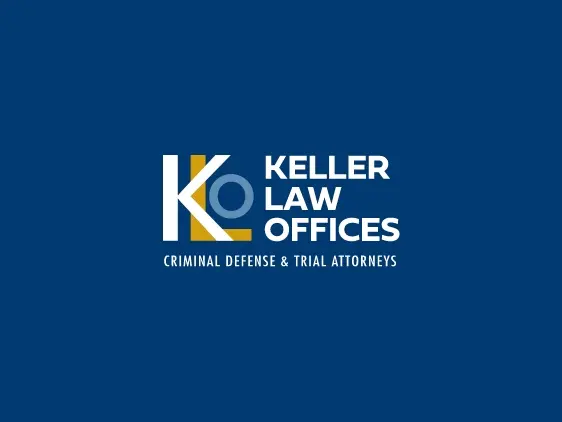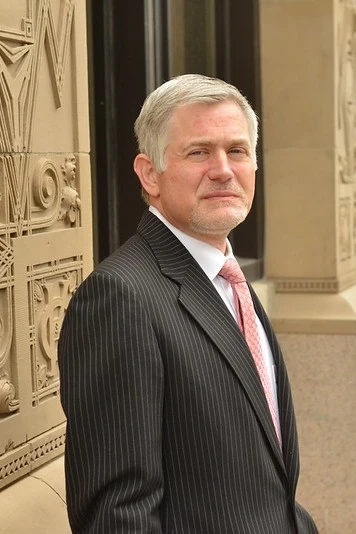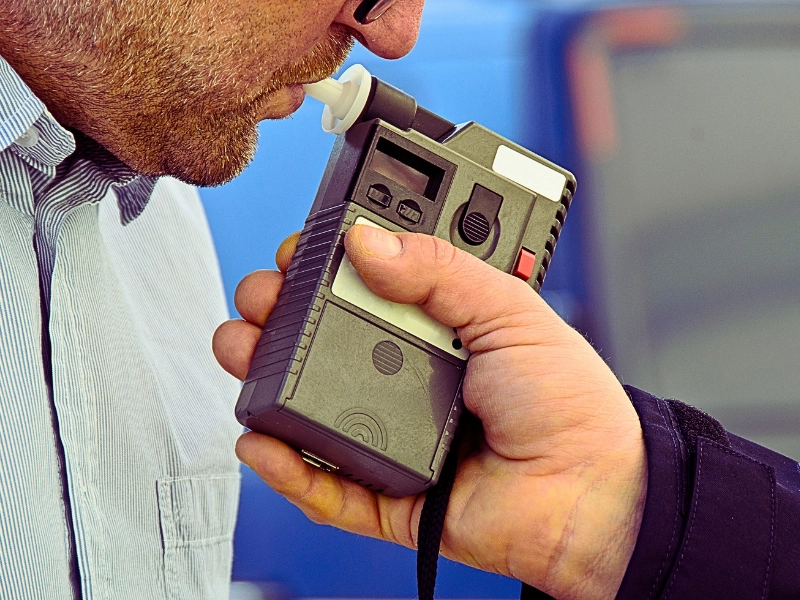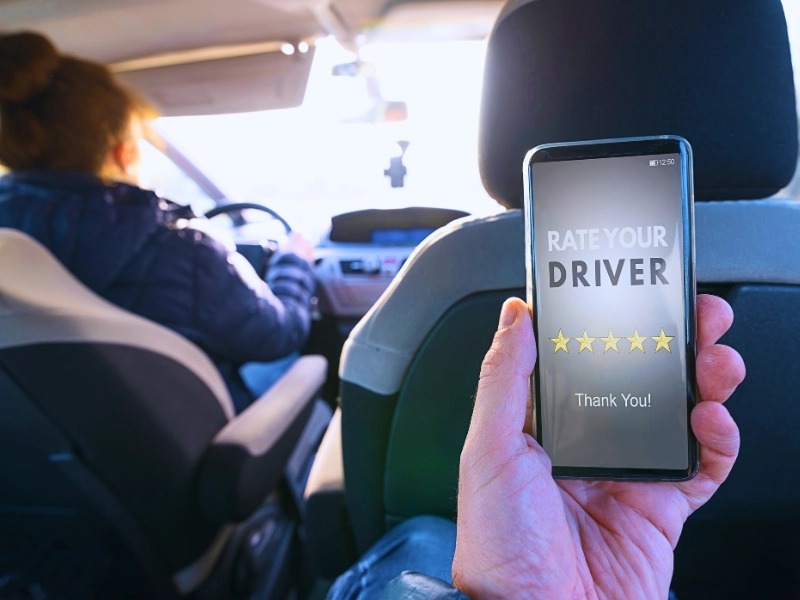In 2015, Minnesota recorded the third-highest rate of human trafficking incidents in the United States, and many involved children who were forced into prostitution.
On This Page
Child Prostitution in the Twin Cities
A recent FBI report ranks the Twin Cities as one of 13 areas in the country with very high rates of child prostitution and sex trafficking. Sexual exploitation of children is happening in every Minnesota county and accounting for the third-highest number of child sex crimes in America. Children are lured into the world of prostitution and sex trafficking at alarming rates by young adults and pimps looking to make a profit on unsuspecting victims.
Child prostitution is a form of sex trafficking, a crime where one person profits from the exploitation or forced labor of another. In any form of sex trafficking, there’s usually a third party who benefits from the sale of illegal sex. Traffickers commonly use coercion tactics, isolation, threats, physical violence, and rape to ensnare their victims and keep them from talking or asking for help. A 2014 study on child prostitution and sex trafficking in the Twin Cities shows that sales of illegal sex often take place in the city and the suburbs. Hotels, buyers’ homes, public parks, bus routes, and even busy streets are often used for the sexual exploitation of children. Victims are also sold to perpetrators through structured business operations including massage parlors, strip clubs, adult bookstores, and sex buyer networks found on the dark web.
According to studies on child prostitution, sex buyers don’t fit a typical stereotype, but in most cases, they are white males who are married. According to the University of Minnesota’s Jones Center, many sex buyers in the Twin Cities are predominantly married, middle- to upper-class white males with high-profile jobs and disposable incomes. According to studies by a St. Paul Lutheran Social Services organization that promotes anti-trafficking efforts in 87 counties, approximately 26,000 men in Minnesota buy illegal sex from minors every year.
During major city events like Super Bowl LII, sex trafficking incidents always rise. In the weeks following Super Bowl LII, a sting led to the arrest of 94 suspects. Special agents with the Bureau of Criminal Apprehension posed as potential victims online and made arrangements with suspects to meet for illegal sexual encounters. Suspects were arrested upon their arrival, and 28 potential sex trafficking victims from ages 17 to 49 were recovered in the sting.
Prostitutes or Victims of Sex Trafficking?
According to U.S. sex crime statistics, many young people arrested for prostitution are actually victims of sexual exploitation by human traffickers. Teenagers and young people are especially vulnerable to child prostitution and sex trafficking crimes, especially if they are homeless and living on the streets. Studies show that 50 percent of homeless youth have engaged in what’s known as survival sex, providing sex in exchange for shelter, food, and money. Investigations show that many victims of child prostitution and sex trafficking are teens and preteens, some as young as 10 years old who are lured by young pimps. Their age and lack of support from friends and family make them especially vulnerable. Most child prostitution and sex trafficking victims don’t have the means or knowledge to escape the cycle of physical, mental, and sexual abuse that’s associated with these types of sex crimes.
Minneapolis and St. Paul have high rates of sex trafficking crimes due to their large populations. Within a three-month FBI investigation, a federal task force tracked the number of sex advertisements on Backpage.com, a known sex trafficking site, and uncovered more than 15,000 online solicitations in Washington County alone. Investigators posted fake advertisements to entice sex buyers that resulted in 32 arrests for solicitation of child prostitution. According to FBI investigators, these online solicitations often rise during warm weather, weekends, and holidays. During those periods, online solicitations often double. Since the Twin Cities house the second-largest economic center in the Midwest, law enforcement, and federal investigators are not surprised that child prostitution and sex trafficking crimes are very high in those areas.
According to Minnesota sex trafficking statistics, there are approximately 200 female minors trafficked every day, and many girls are sold to sex buyers an average of five times each day. In the Twin Cities, at least 45 girls under age 18 are prostituted every night, and the average age of victims is 13. Many victims are sold for sex through the internet on well-known sex sites or through local escort services. Others are sexually exploited through local hotels, bars, and nightclubs, massage parlors, street solicitation, or gang activities. In 2014, a three-state FBI investigation revealed that Minneapolis is home to one of America’s largest prostitution rings, trafficking girls as young as nine years old across the country. The ring is run by three generations of Minnesota families.






